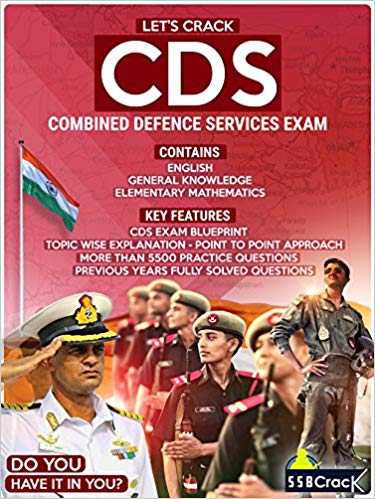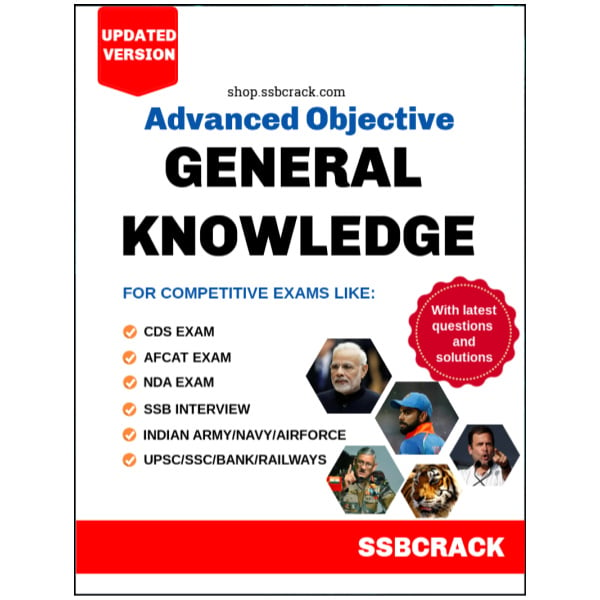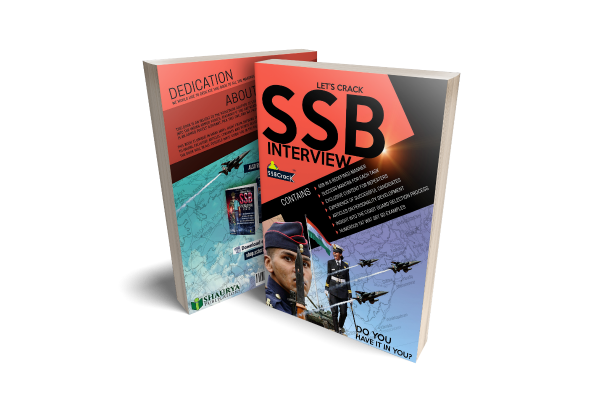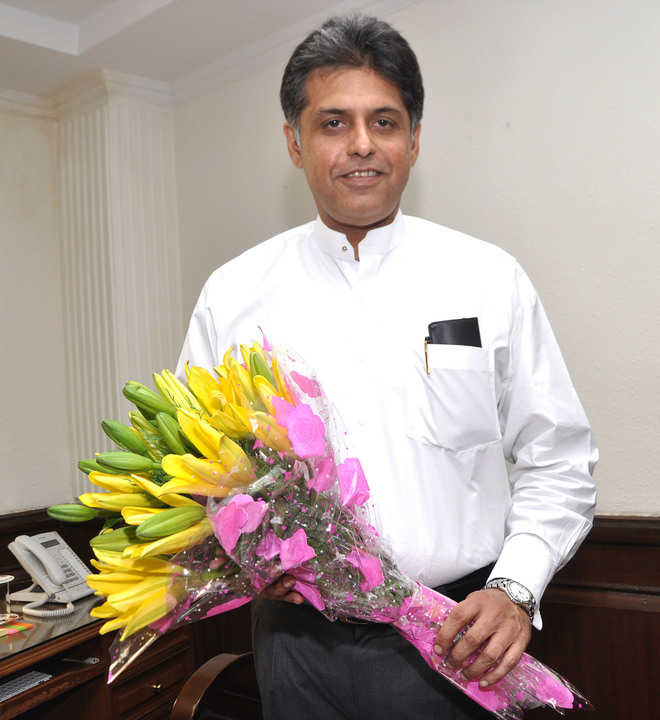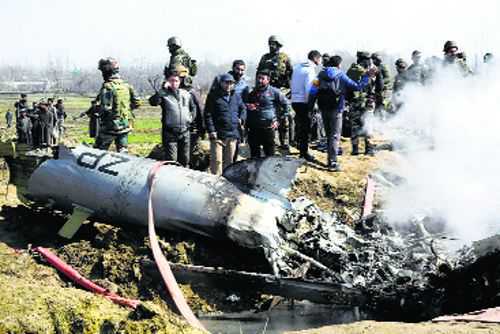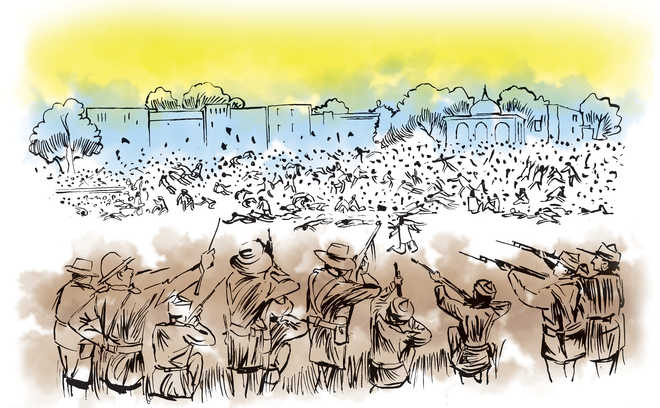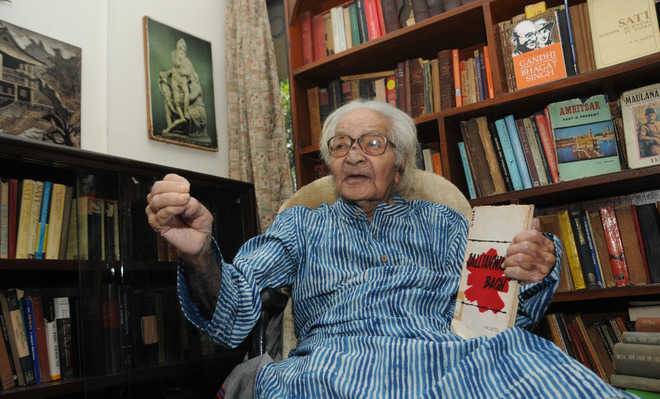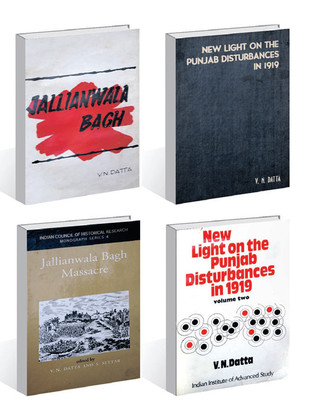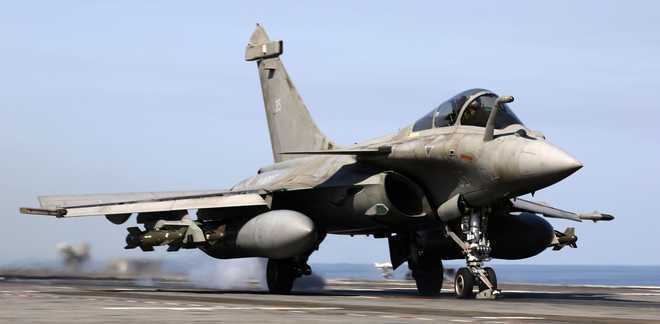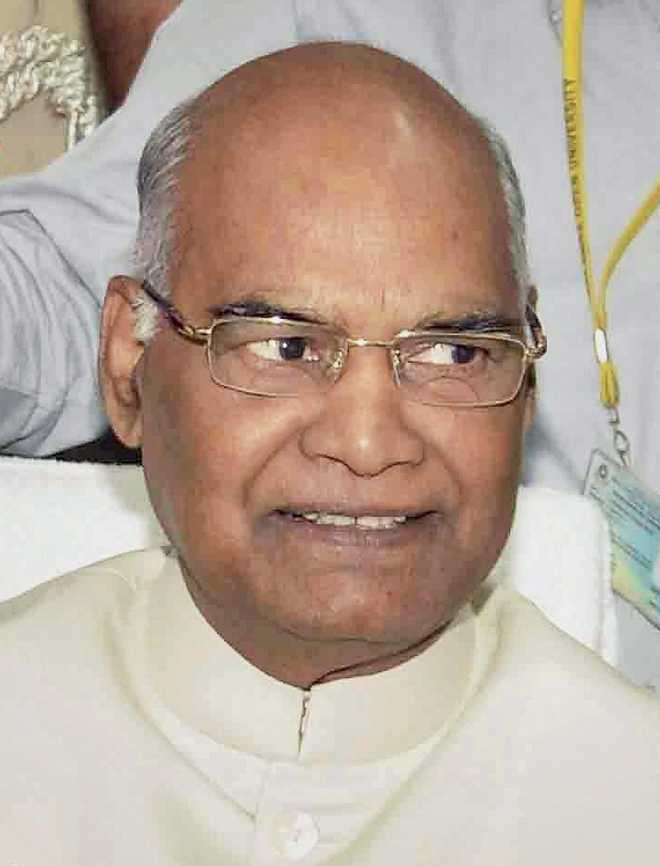CDS 1 2020 Notification is going to be published by Union Public Service Commission on 30 October 2019 as per the UPSC Examination Calendar 2020 and some important dates are released officially by UPSC. Candidates who are interested to apply for UPSC CDS I 2020 notification can apply at upsc.gov.in and upsconline.nic.in. UPSC conducts this exam twice a year which is like a boon to the defence aspirants who are willing to join as Officers’ in the Indian Army, Navy, Air Force, and Officers Training Academies. SSBCrack takes the initiative and helps the youngsters to know the eligibility criteria, exam dates, selection, etc., If you are planning to write the CDS 1 2020 Exam can read the following details below. A short summary of eligibility criteria for CDS 2 2019 is given below:
CDS 1 2020 Important Dates: UPSC has published the CDS 1 2020 notification and important dates. Let’s have a look at the detailed schedule for CDS 1 2020 exam.
| CDS 1 2020 EVENTS | DATES |
| CDS 1 2020 Application Start Date | 30 Oct 2019 |
| CDS 1 2020 Application Last Date | 19 Nov 2019 |
| CDS 1 2020 Exam Date | 02 Feb 2020 |
| CDS 1 2020 Admit Card Download Date | Before 3 weeks of exam |
| CDS 1 2020 Result Date (Expected) | Announced Soon |
CDS 1 2020 Eligibility Conditions: Now we will be going through the eligibility conditions of CDS 1 2020 Notification, here we can get the maximum knowledge about the notification issued by UPSC and we can know the new amendments and updations done by UPSC it might be in syllabus, exam pattern, recruitment stages.
CDS 1 2020 Educational Qualifications: Candidates should be well known with the education qualifications before applying the examination. Here we brought the complete details of the educational qualifications required for CDS 1 2020 Notification.
| ACADEMY | EDUCATIONAL QUALIFICATION |
| INDIAN MILITARY ACADEMY | Graduation Degree |
| INDIAN NAVAL ACADEMY | B.E/B.Tech (10+2 with Physics & Maths) |
| AIR FORCE ACADEMY | B.E/B.Tech (10+2 with Physics &Maths) |
| OFFICERS’ TRAINING ACADEMY (MEN) | Graduation Degree |
| OFFICERS’ TRAINING ACADEMY (WOMEN) | Graduation Degree |
-
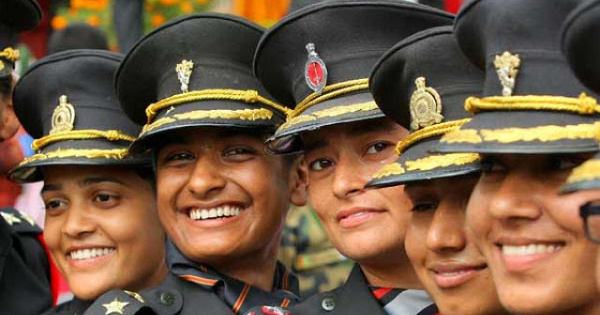
OTA Women Officers’ after Passing out Prade
CDS 1 2020 Age-limit: As compared to educational qualification age limits also plays a vital role in the CDS 1 2020 notification because UPSC has kept some cut-off dates for the eligibility. So before applying to try to go through the full notification provided by UPSC.
| ACADEMY | AGE LIMIT | BORN BETWEEN |
| INDIAN MILITARY ACADEMY | 19-24 | 02 Jan 1997 to 01 Jan 2002 |
| INDIAN NAVAL ACADEMY | 19-24 | 02 Jan 1997 to 01 Jan 2002 |
| AIR FORCE ACADEMY | 20-24 | 02 Jan 1997 to 01 Jan 2001 |
| OFFICERS’ TRAINING ACADEMY (MEN) | 19-25 | 02 Jan 1996 to 01 Jan 2002 |
| OFFICERS’ TRAINING ACADEMY (WOMEN) | 19-25 | 02 Jan 1996 to 01 Jan 2002 |
CDS 1 2020 Selection Procedure: CDS follows a three-stage recruitment process it consists of:
- Written Test
- SSB Interview
- Medical Examination
- Merit List
CDS 1 2020 Examination Pattern: UPSC follows a standard and very transparent manner to conduct the CDS 1 2020 examination. The written examination consists of the below subjects:
A) For Admission to Indian Military Academy, Indian Naval Academy, and Air Force Academy:
| SUBJECT | DURATION | MAX. MARKS |
| ENGLISH | 2 HOURS | 100 M |
| GENERAL KNOWLEDGE | 2 HOURS | 100 M |
| ELEMENTARY MATHEMATICS | 2 HOURS | 100 M |
B) For Admission to Officers’ Training Academy:
| SUBJECT | DURATION | MAX. MARKS |
| ENGLISH | 2 HOURS | 100 M |
| GERERAL KNOWLEDGE | 2 HOURS | 100 M |
CDS 1 2020 SSB Interview 2019 involves 2 stages:
- Stage 1 consists of officer intelligence rating, picture perception, and description test.
- Stage 2 involves interview, group testing officer task, psychology test, and conference
CDS 1 2020 How to Apply:
- Visit the official website — upsc.gov.in or upsconline.nic.in
- Click on the UPSC CDSE 1 2020 link
- In part – I of the registration, submit your basic information.
- In part II, fill the payment details and choice of exam center, upload your photo and sign as per guidelines
- Save and submit it and take a print out for further reference
CDS 1 2020 Notification Other important details:
Application fee: Rs 200/- SC, ST and women candidates are exempted from application fee
Examination Centers: UPSC CDS 1 2020 exam will be held in 41 CDS Exam Centers across India.
Cut Off: Students who score more than the cut-off are considered for SSB interview. Cut Off will be declared by the board based on the applications received and candidates qualified in the first stage of the recruitment process. Now we will look into the expected cut off marks for all the academies.
| S.No | ACADEMY | EXPECTED CUT OFF |
| 1 | IMA | 115 – 125 |
| 2 | INA | 110 – 125 |
| 3 | AFA | 130 – 140 |
| 4 | OTA (MEN) | 75 -85 |
| 5 | OTA (WOMEN) | 75- 85 |





















































